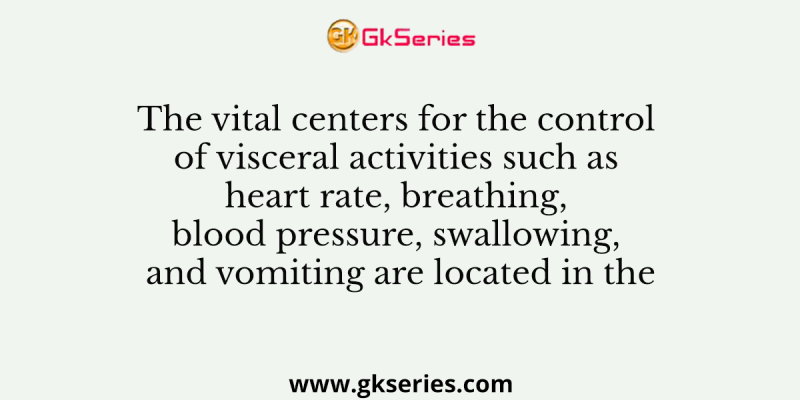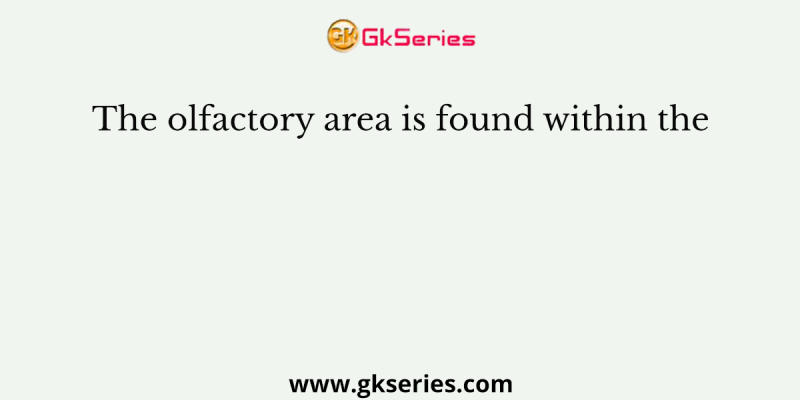
Q. The vital centers for the control of visceral activities such as heart rate, breathing, blood pressure, swallowing, and vomiting are located in the: ponsmedulla oblongatamidbraincerebrumhypothalamus Answer: medulla oblongata
READ MORE +
Q. The vital centers for the control of visceral activities such as heart rate, breathing, blood pressure, swallowing, and vomiting are located in the: ponsmedulla oblongatamidbraincerebrumhypothalamus Answer: medulla oblongata
READ MORE +
Q. The area of the brain stem that plays a role in consciousness and the awake/sleep cycle is the: thalamusreticular activating system (RAS)pineal glandlimbic systemcerebellum Answer: pineal gland
READ MORE +
Q. Control of temperature, endocrine activity, metabolism, and thirst are functions associated with the: medulla oblongatacerebellumhypothalamusthalamuscerebrum Answer: hypothalamus
READ MORE +
Q. In the peripheral nervous system, which cells are neuroglia cells that support neuronal function by increasing the speed of impulse propagation? Schwann cellsImpulse conducting cellsGlial cellsNone Answer: Schwann cells
READ MORE +
Q. The midbrain, pons and medulla oblongata are housed in the: diencephalonhypothalamusbrain stempineal glandcerebellum Answer: brain stem
READ MORE +
Q. Lobe that contains the primary motor area that enables voluntary control of skeletal muscle movements: parietal lobetemporal lobeoccipital lobefrontal lobediencephalon Answer: frontal lobe
READ MORE +
Q. Sally has a brain injury; she knows what she wants to say but can’t vocalize the words. The part of her brain that deals with the ability to speak is the: longitudinal fissuregyruscentral sulcusBroca’s areaprimary motor control Answer: Broca’s area
READ MORE +
Q. The elevated ridges of tissue on the surface of the cerebral hemispheres are known as ______ while the shallow grooves are termed ______. sulci; gyrigyri; sulciganglia; gyritracts; gangliareceptors; effectors Answer: gyri; sulci
READ MORE +
Q. The olfactory area is found within the: occipital lobetemporal lobefrontal lobeparietal lobepyramidal tract Answer: temporal lobe
READ MORE +
Q. Which of the following is the correct sequence in a typical reflex arc: effector, afferent neuron, integration centre, efferent neuron, receptorreceptor, afferent neuron, integration centre, efferent neuron, effectoreffector, efferent neuron, integration centre, afferent neuron, ...
READ MORE +
Q. Which one of the following describes saltatory conduction: occurs only if the myelin sheath is continuousoccurs only if the nodes of Ranvier are lackingoccurs only in the absence of axon hillocksis faster than conduction on an unmyelinated fiberis slower than conduction on an unmyelinated ...
READ MORE +
Q. The substance that is released at axonal endings to propagate a nervous impulse is called: an ionnerve gluea neurotransmitterthe sodium-potassium pumpan action potential Answer: a neurotransmitter
READ MORE +